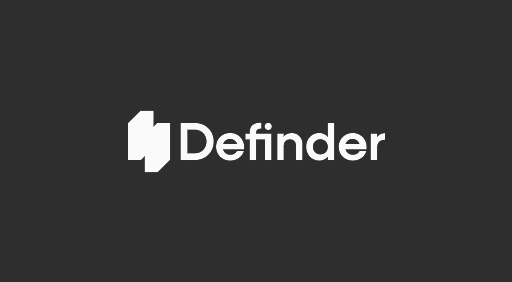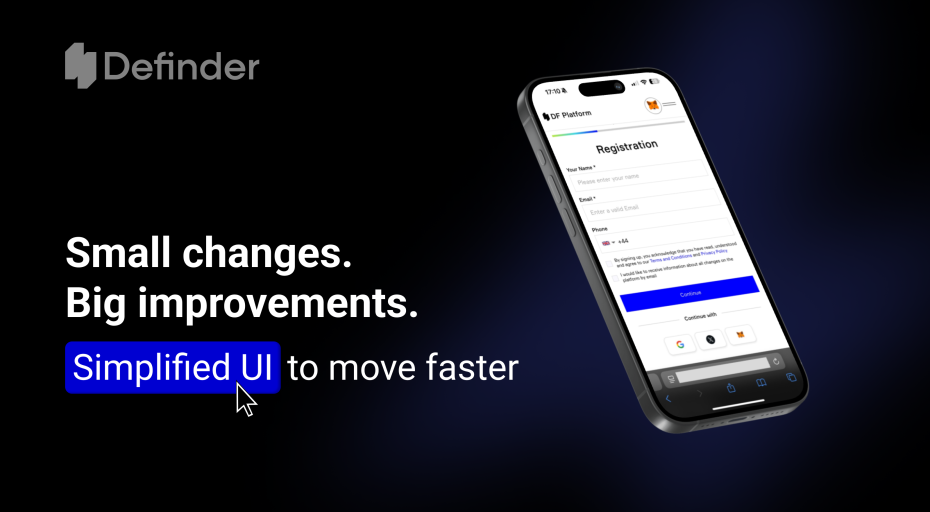Smartlands Network Architecture Explained: Validators, Staking & Governance
In the current article, we’d want to describe in more detail the core concept of the Smartlandsd Network – validators and staking.
For every public permissionless [“trustless”] blockchain network, the security of the ledger is the most crucial goal to achieve, given the missing of a single governing entity – a cornerstone of the decentralization concept. Literally, the overall security of the ledger is laying on the shoulders of the community, and the main objective of the network architecture is to implement adequate mechanics to translate community consensus into network code-law consensus. It is also obvious that active community members should be able to earn rewards for participating in network security and governance.
In the early days of the blockchain technology, the consensus was achieved by requiring community members to solve computation-intensive mathematical tasks [proof of work] (as to “find a hash lower than the particular number”), however as the adoption rose, the control over the network was handed over to big server farms capable to achieve unprecedentedly computing power, thus regular community members appeared to be detached from the security and governance, race of the computing power became a significant waste of the energy resources, and also the decentralization of the network was put at risk.
The best minds of the decentralized technologies were always looking for better alternatives to the proof-of-work consensus, and nowadays the Delegated Proof of Stake is a cutting-edge solution (or technology). Herein we will describe the core mechanics of this consensus concept, the delegation, and what is more interesting, rewarding models we’ve selected for the Smartlands Network architecture.
Continue reading…
Smartlands Network is a development of Smartlands Platform Foundation (SPF). SPF is a non-profit organization that supports the development and growth of the Smartlands Network.








